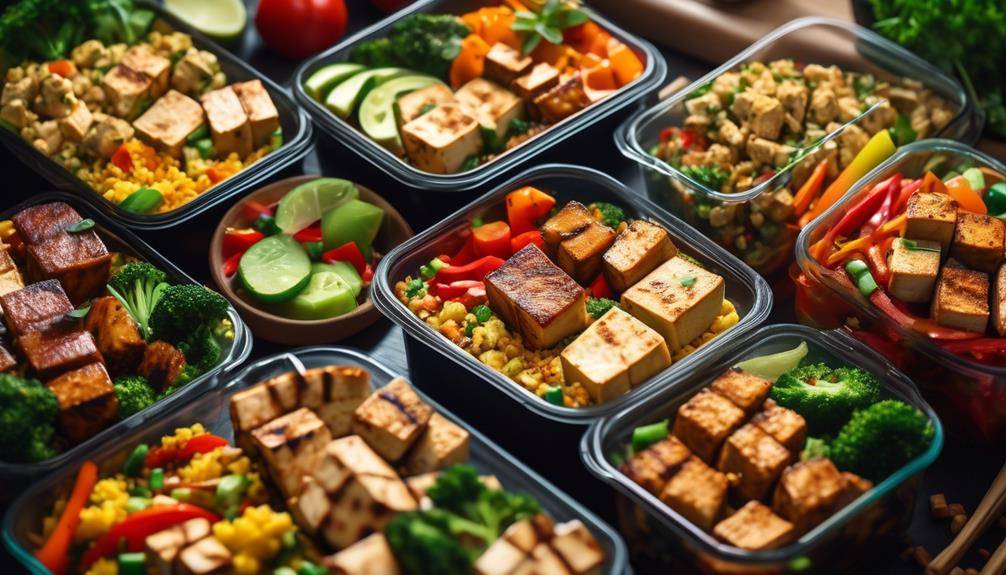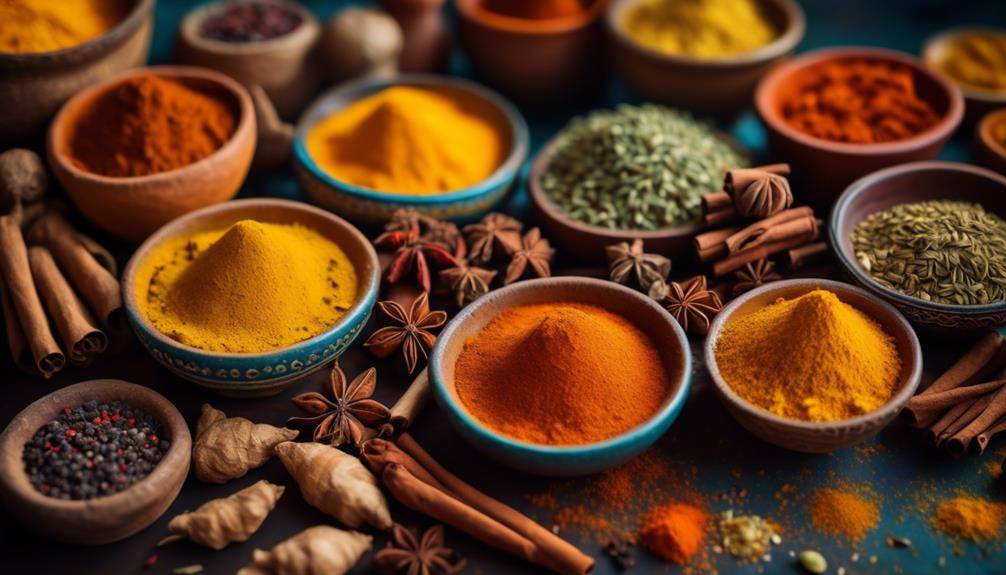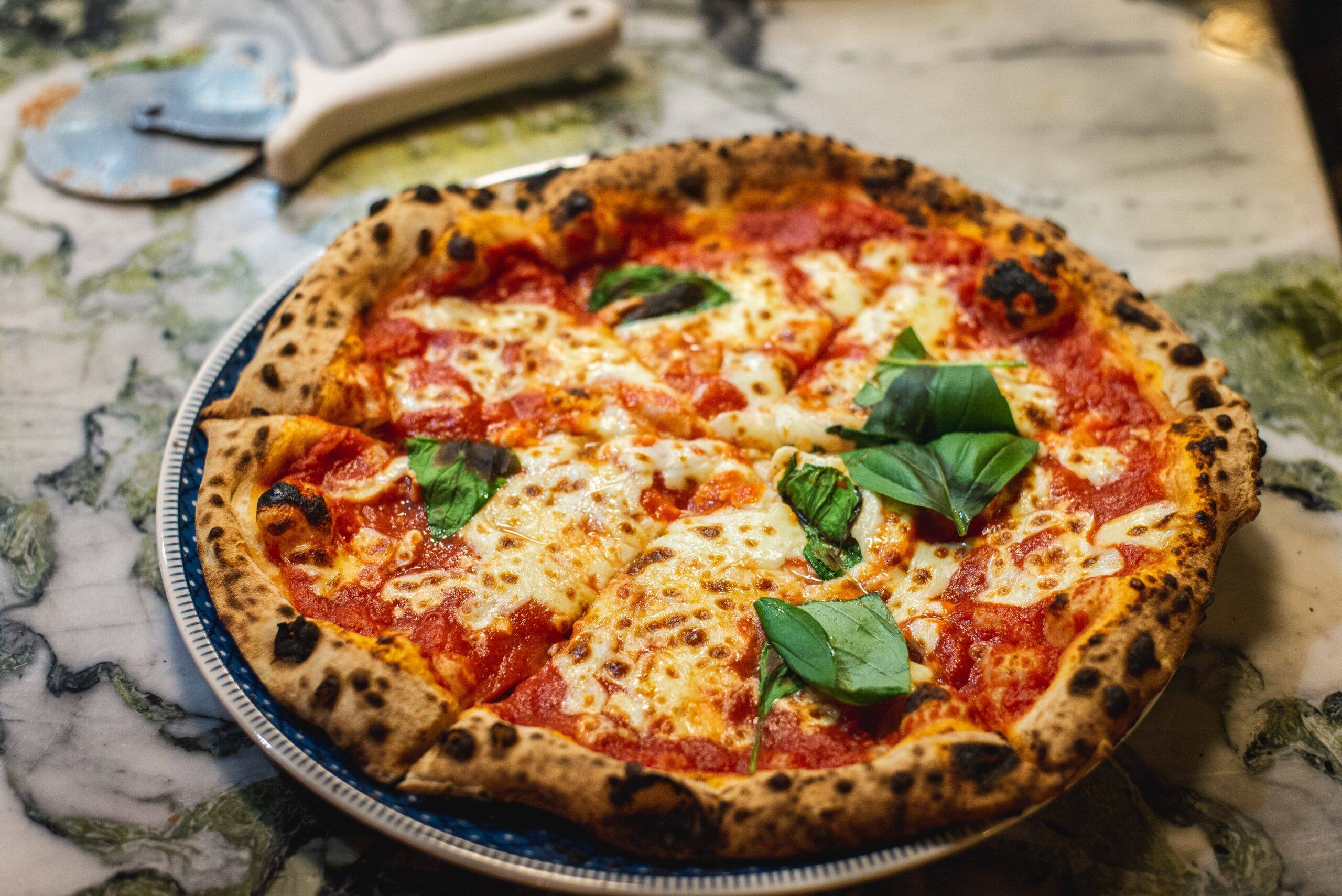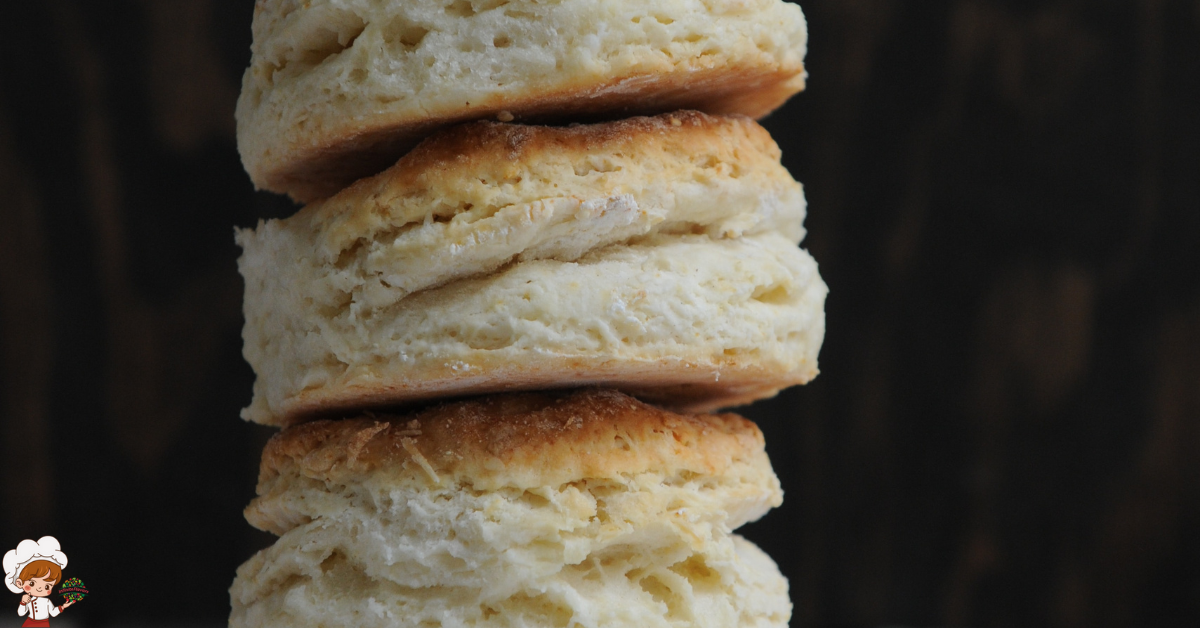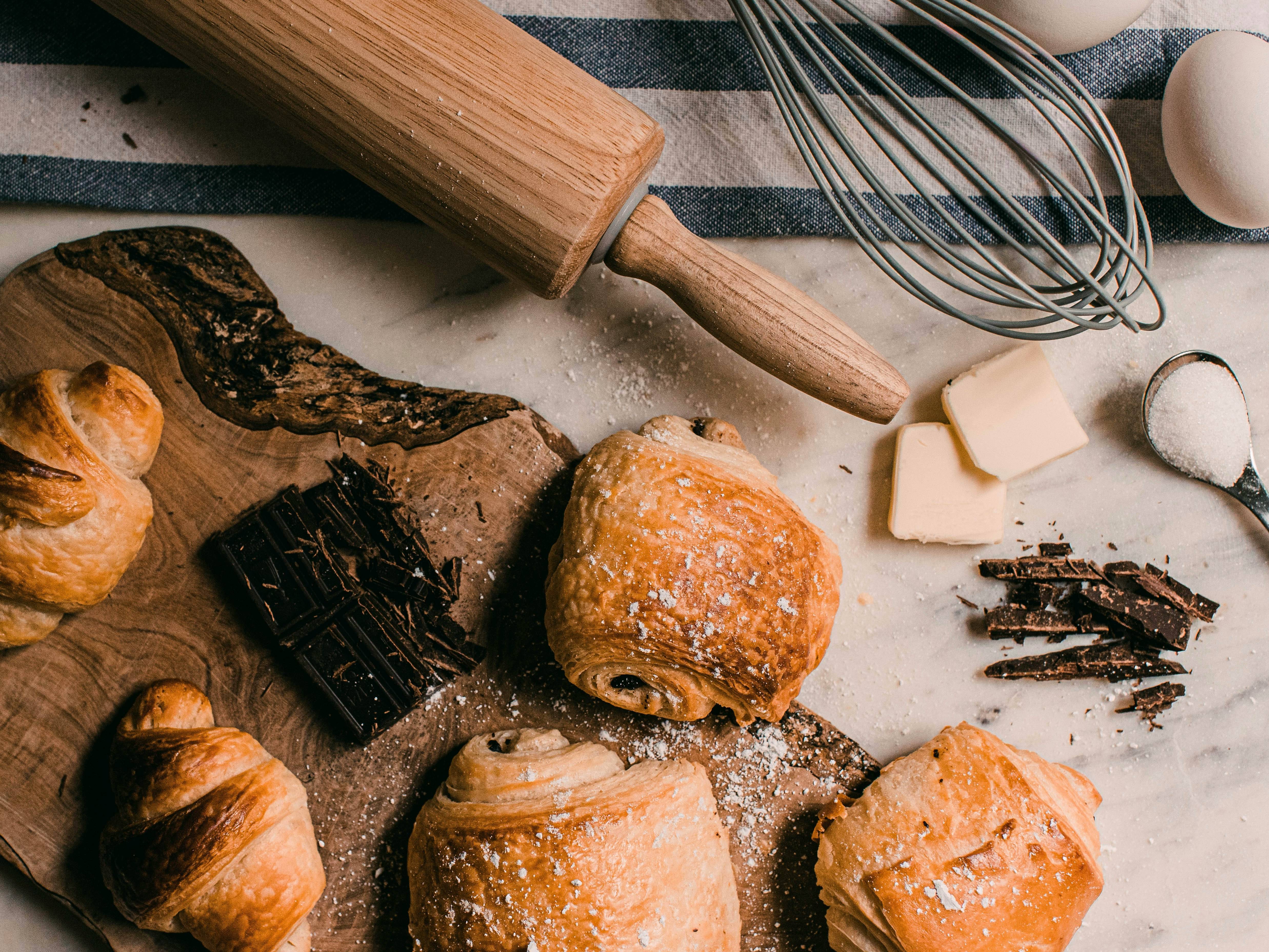The Amazing Difference Between Cajun And Creole Cooking
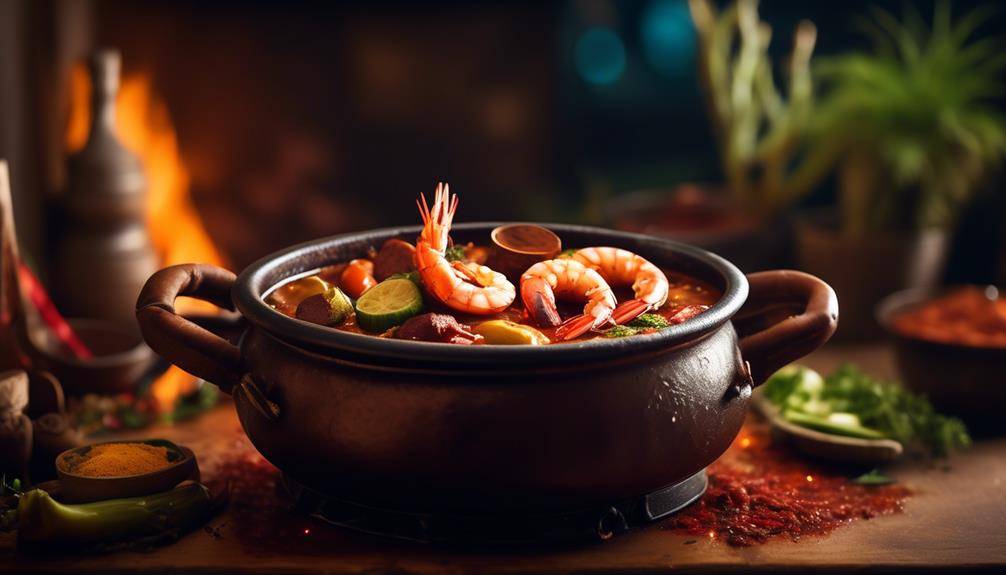
The Amazing Difference Between Cajun And Creole Cooking; Are you tired of confusing Cajun and Creole cooking? Well, fear not, because in this discussion we will unravel the mysteries and shed light on the distinct differences between these two culinary traditions. So, sit back, take a culinary journey, and prepare to tantalize your taste buds as we explore the origins, influences, key ingredients, spice levels, cooking techniques, traditional dishes, regional variations, and popular recipes of Cajun and Creole cuisine. Get ready to embark on a flavorful adventure that will leave you craving for more!
Origins of Cajun and Creole Cuisine
The origins of Cajun and Creole cuisine can be traced back to the rich culinary traditions brought by French settlers to the southern regions of Louisiana. These settlers, known as Acadians, arrived in Louisiana in the mid-18th century after being forced from their homeland in Nova Scotia. They brought with them their knowledge of French cooking techniques and ingredients, which formed the foundation of what would later become Cajun cuisine.
However, the development of Cajun cuisine was not solely influenced by French traditions. It also incorporated elements from the indigenous Native American and African cultures that were present in Louisiana during that time. This cultural fusion resulted in a unique blend of flavors and techniques that set Cajun cuisine apart.
On the other hand, Creole cuisine, which emerged in the urban centers of New Orleans, was influenced not only by French cooking but also by Spanish, African, and Caribbean influences. The city’s strategic location as a major port allowed for the exchange of goods and ideas from around the world, further enriching the culinary landscape.
The influences on Cajun and Creole cuisine can also be seen in the ingredients used. Both cuisines make use of local ingredients such as seafood, rice, and spices. However, Cajun cuisine tends to be spicier and incorporates more game meats and freshwater fish, while Creole cuisine is known for its rich sauces and elegant presentation.
Influences on Cajun and Creole Cooking
When exploring the influences on Cajun and Creole cooking, it is important to consider the rich historical background and cultural fusion that have shaped these cuisines. Both Cajun and Creole cooking have been influenced by a variety of factors, including Native American, European, African, and Caribbean traditions. These diverse influences have contributed to the unique flavor profiles and culinary techniques found in Cajun and Creole dishes today.
Historical Influences
Influenced by a rich history of cultural exchange and migration, Cajun and Creole cooking have evolved into distinct culinary traditions with unique flavors and techniques. Both cuisines have been shaped by a variety of historical influences, including Native American, French, Spanish, African, and Caribbean cultures. Cultural exchange played a significant role in the development of these culinary traditions, as different groups brought their own cooking techniques, ingredients, and flavors to the region.
The Native Americans introduced ingredients like corn, beans, and squash, which became staples in Cajun and Creole cuisine. The French brought their culinary expertise and techniques, such as roux-making and braising, which are still widely used today. African and Caribbean influences can be seen in the use of spices, herbs, and cooking methods like gumbo and jambalaya. The Spanish contributed ingredients like tomatoes and peppers, adding vibrant flavors to the dishes. The historical influences on Cajun and Creole cooking have created a rich and diverse culinary heritage that continues to thrive today.
Cultural Fusion
Cajun and Creole cooking undergoes a fascinating process of cultural fusion, as diverse influences from Native American, French, Spanish, African, and Caribbean cultures come together to create unique culinary traditions. This fusion of flavors is a result of cultural adaptation, as each group brought their own cooking techniques, ingredients, and spices to the table.
Native Americans introduced ingredients like corn, beans, and squash, while the French brought their expertise in sauces and seasonings. Spanish influences can be seen in the use of tomatoes and rice, and African influences can be found in the use of okra and spices like cayenne pepper. Caribbean influences bring tropical fruits, seafood, and a touch of spice to the mix. This rich fusion of flavors and techniques is what sets Cajun and Creole cooking apart and makes it so distinct and delicious.
Key Ingredients in Cajun and Creole Dishes
When it comes to Cajun cuisine, one of the key ingredients that sets it apart is the spice blends. Cajun dishes often feature a combination of spices like cayenne pepper, paprika, garlic powder, and onion powder, which give them their signature bold and spicy flavor. On the other hand, Creole dishes are influenced by a variety of cultures, including French, Spanish, African, and Caribbean, and their key ingredients reflect this diverse influence. Creole dishes often include ingredients like tomatoes, bell peppers, celery, onions, and a variety of herbs and spices, resulting in a rich and flavorful taste.
Spice Blends in Cajun Cuisine
Spice blends play a crucial role in the distinct flavors and vibrant profiles of Cajun and Creole dishes. In Cajun cuisine, spice blends are an essential component, adding depth and complexity to the dishes. The most commonly used spice blend in Cajun cooking is the “Cajun seasoning,” which typically includes a combination of paprika, cayenne pepper, garlic powder, onion powder, salt, and black pepper.
This blend of spices adds a fiery kick and robust flavor to various dishes like jambalaya, gumbo, and étouffée. Cajun cooking techniques involve the use of a dark roux, which is made by slowly cooking flour and oil until it reaches a deep brown color, adding richness and nutty flavors to the dishes. The spice blends, along with the cooking techniques, create the distinctive taste and aroma of Cajun cuisine.
Influences on Creole Dishes
The distinct flavors and vibrant profiles of Cajun and Creole dishes are influenced by key ingredients that contribute to the unique culinary heritage of both cuisines. Creole cuisine, in particular, is known for its diverse influences, resulting from the cultural fusion that occurred in Louisiana. The following key ingredients have played a significant role in shaping Creole dishes:
- African Influences: The use of okra, a staple ingredient in Creole cooking, can be traced back to West African cuisine. It adds a distinct flavor and thickens dishes like gumbo.
- French Influence: The French brought their culinary traditions to Louisiana, introducing ingredients like tomatoes, onions, and garlic, which are commonly used in Creole dishes today.
- Spanish Influence: Spanish settlers introduced ingredients like peppers, saffron, and rice, which are essential to dishes like jambalaya and paella, creating a unique blend of flavors.
The influences on Creole dishes highlight the rich history and cultural diversity that contribute to the vibrant and delicious cuisine of Louisiana.
Spice Levels in Cajun and Creole Cuisine
In both Cajun and Creole cuisine, the spice levels play a crucial role in creating the distinct and vibrant flavors that define these culinary traditions. The use of spices in Cajun and Creole dishes is a reflection of the rich cultural and historical influences that have shaped these cuisines over the years.
Cajun cuisine, which originated with the Acadian settlers in Louisiana, is known for its bold and robust flavors. Cajun dishes typically feature a combination of spices such as cayenne pepper, paprika, garlic powder, and onion powder. These spices contribute to the fiery heat and depth of flavor that is characteristic of Cajun cooking. The spice levels in Cajun cuisine can vary, but it is generally known for its spiciness. However, it is important to note that Cajun cuisine is not solely about heat, but also about the careful balance of flavors. The spices are used to enhance and complement the natural flavors of the ingredients, rather than overpowering them.
On the other hand, Creole cuisine, which developed in New Orleans as a fusion of French, Spanish, African, and Caribbean influences, tends to have a milder spice profile compared to Cajun cuisine. Creole dishes often feature a combination of spices such as thyme, oregano, basil, and bay leaves. These spices lend a subtle and complex flavor to Creole dishes, without overwhelming the palate with heat. Creole cuisine is known for its emphasis on the use of fresh ingredients and the layering of flavors, resulting in dishes that are rich and savory.
The spice levels in Cajun and Creole cuisine are integral to the overall flavor profiles of these dishes. While Cajun cuisine leans towards bold and spicy flavors, Creole cuisine offers a more nuanced and subtle spice profile. Both styles of cooking showcase the creativity and diversity of Louisiana’s culinary heritage, making each bite a truly memorable experience.
Cooking Techniques in Cajun and Creole Recipes
To fully understand the unique flavors of Cajun and Creole cuisine, it is important to explore the distinct cooking techniques utilized in these regional recipes. Both Cajun and Creole cooking techniques play a significant role in creating the vibrant and bold flavor profiles that make these cuisines so beloved.
Here are three key cooking techniques that contribute to the distinct flavors of Cajun and Creole cuisine:
- Roux: A roux is a mixture of fat and flour used as a thickening agent in many Cajun and Creole dishes. The technique involves cooking flour in oil or butter until it reaches a deep, rich brown color. This process not only adds a nutty flavor but also helps to create a velvety texture in dishes like gumbo and étouffée.
- Seasoning: Cajun and Creole cuisine are known for their robust and flavorful seasonings. The technique involves generous use of herbs and spices such as thyme, paprika, cayenne pepper, and garlic. These seasonings are often combined to create a unique blend, like Cajun seasoning or Creole seasoning, which adds a depth of flavor to dishes like jambalaya and red beans and rice.
- Simmering: Simmering is a common cooking technique used in both Cajun and Creole recipes. It involves gently cooking ingredients over low heat for an extended period of time, allowing the flavors to meld together. This slow cooking method is often used to create rich and complex flavors in dishes like gumbo, jambalaya, and red beans and rice.
Traditional Cajun and Creole Dishes
When exploring the rich culinary traditions of Cajun and Creole cuisine, one can discover a wide array of traditional dishes that showcase the vibrant flavors and cultural heritage of these unique regional cuisines. Both Cajun and Creole dishes have their own distinct identities, shaped by regional variations and cultural influences.
In Cajun cooking, traditional dishes often feature ingredients readily available in the Louisiana bayou. Gumbo, a thick and hearty stew, is a staple in Cajun cuisine. It typically contains a combination of meat or seafood, vegetables, and a dark roux made from flour and oil. Jambalaya, another beloved Cajun dish, is a flavorful rice-based dish that combines meat, seafood, and vegetables. Andouille sausage, made from smoked pork with a blend of spices, is commonly used in Cajun dishes to add a smoky flavor.
On the other hand, Creole cuisine is known for its elegant and refined flavors. Creole dishes often incorporate French, Spanish, and African culinary influences. One iconic Creole dish is étouffée, which is a rich and flavorful stew made with shellfish or other seafood, cooked in a thick tomato-based sauce. Another popular Creole dish is red beans and rice, traditionally made with kidney beans, smoked sausage, and aromatic spices.
While there are similarities between Cajun and Creole dishes, it is important to note the regional variations and cultural influences that shape each cuisine. Cajun dishes tend to be heartier and spicier, reflecting the rustic lifestyle of the bayou. Creole dishes, on the other hand, showcase the sophistication and refinement of New Orleans’ multicultural heritage.
Regional Variations in Cajun and Creole Cooking
Regional variations play a significant role in shaping the distinct flavors and culinary traditions of Cajun and Creole cooking. These variations are influenced by factors such as local ingredients, cultural influences, and historical events. Here are three examples of regional variations in Cajun and Creole cooking:
- Louisiana Cajun: In the southern parts of Louisiana, Cajun cooking is characterized by the use of ingredients such as crawfish, alligator, and andouille sausage. Traditional dishes like gumbo, jambalaya, and étouffée are staples in Cajun cuisine. The flavors are bold and hearty, often featuring a combination of spices like cayenne pepper, paprika, and thyme. The cooking techniques involve slow simmering and braising to create rich and flavorful dishes.
- New Orleans Creole: In contrast, Creole cooking in New Orleans has a more refined and cosmopolitan flair. Influenced by French, Spanish, African, and Caribbean cuisines, Creole dishes often feature ingredients like seafood, tomatoes, and aromatic herbs. Classic Creole dishes include gumbo z’herbes, turtle soup, and bananas Foster. The flavors are complex, with a balance of bold spices and the use of techniques like roux-making and slow cooking to develop deep flavors.
- Mississippi Delta Creole: In the Mississippi Delta region, Creole cooking takes on its own unique characteristics. Influenced by the African American and Native American cultures in the area, traditional dishes like red beans and rice, fried catfish, and cornbread reflect the region’s agricultural roots. The flavors are often rich and comforting, with a focus on soulful ingredients like smoked meats, greens, and cornmeal.
These regional variations highlight the diversity and richness of Cajun and Creole cooking. Whether you prefer the robust flavors of Cajun cuisine or the refined elegance of Creole dishes, exploring the different regional variations is a delightful culinary journey.
Popular Cajun and Creole Recipes to Try
If you’re looking to experience the vibrant flavors of Cajun and Creole cuisine, here are some popular recipes that you should definitely try. Cajun cooking is known for its bold and spicy flavors, while Creole cuisine incorporates a mix of French, Spanish, African, and Caribbean influences. Both styles of cooking have their own unique dishes that have become popular favorites.
One popular Cajun dish is gumbo. This rich and hearty stew is typically made with a combination of meat, such as chicken, sausage, or seafood, and a variety of vegetables, such as okra, bell peppers, and onions. It is seasoned with a blend of spices, including cayenne pepper, paprika, and thyme, to give it that signature Cajun kick. Gumbo is often served over rice and is a true taste of Louisiana.
Another beloved Cajun dish is jambalaya. This one-pot wonder is made with a combination of meat, such as chicken, shrimp, or sausage, and vegetables, such as bell peppers, onions, and celery. It is seasoned with spices like garlic, cayenne pepper, and paprika, and cooked with rice to create a flavorful and filling meal. Jambalaya is a staple at many Cajun gatherings and is sure to satisfy your taste buds.
On the other hand, when it comes to traditional Creole recipes, one classic dish is étouffée. This rich and savory dish is typically made with shellfish, such as shrimp or crawfish, cooked in a flavorful gravy made from a roux, onions, bell peppers, and celery. It is often served over rice or with crusty bread and is a true taste of New Orleans.
Another popular Creole dish is red beans and rice. This comforting dish is made with red kidney beans, cooked with onions, bell peppers, celery, and a variety of spices, including cayenne pepper, thyme, and bay leaves. It is traditionally served with rice and is a staple in many Creole households.
Whether you’re looking to try popular Cajun dishes or traditional Creole recipes, these flavorful and satisfying meals are sure to transport you to the heart of Louisiana and leave you craving more. So why not give them a try and experience the deliciousness of Cajun and Creole cuisine for yourself?
Difference Between Cajun And Creole Cooking; Frequently Asked Questions
Are Cajun and Creole Cuisines the Same Thing?
Cajun and Creole cuisines may seem similar, but they have distinct origins and influences. Cajun cooking stems from Acadian and French traditions, while Creole cuisine blends French, Spanish, African, and Caribbean flavors. The key differences lie in their ingredients and cooking techniques.
Can You Find Cajun and Creole Dishes Outside of Louisiana?
You can find regional variations of Cajun and Creole dishes outside of Louisiana. The influence of Cajun and Creole cooking on international cuisines has led to the popularity of these flavors worldwide.
What Are Some Common Misconceptions About Cajun and Creole Cooking?
Common misconceptions about Cajun and Creole cooking include thinking they are the same cuisine or that they only exist in Louisiana. Understanding the origins of Cajun and Creole cuisine helps to dispel these misunderstandings.
Are There Any Vegetarian or Vegan Options in Cajun and Creole Cuisine?
There are indeed vegetarian options available in Cajun and Creole cuisine. From hearty vegetable jambalaya to flavorful vegan gumbo, you can explore a range of plant-based dishes that showcase the unique flavors of these cuisines.
Can You Incorporate Cajun and Creole Flavors Into Other Types of Cuisine?
You can definitely incorporate Cajun and Creole flavors into other types of cuisine. Exploring fusion dishes that combine Cajun and Creole flavors with Asian cuisine is one option. Another is incorporating Cajun and Creole spices and techniques into traditional Italian dishes.
Conclusion
In conclusion, Cajun and Creole cuisines may share some similarities due to their shared history in Louisiana, but they also have distinct differences that set them apart. Cajun cooking is known for its rustic and hearty flavors, while Creole cooking incorporates more diverse influences and tends to be more refined. The key ingredients, spice levels, and cooking techniques used in each cuisine also contribute to their unique characteristics. Exploring the traditional dishes and regional variations of Cajun and Creole cooking is a delightful journey into the rich culinary heritage of Louisiana.



